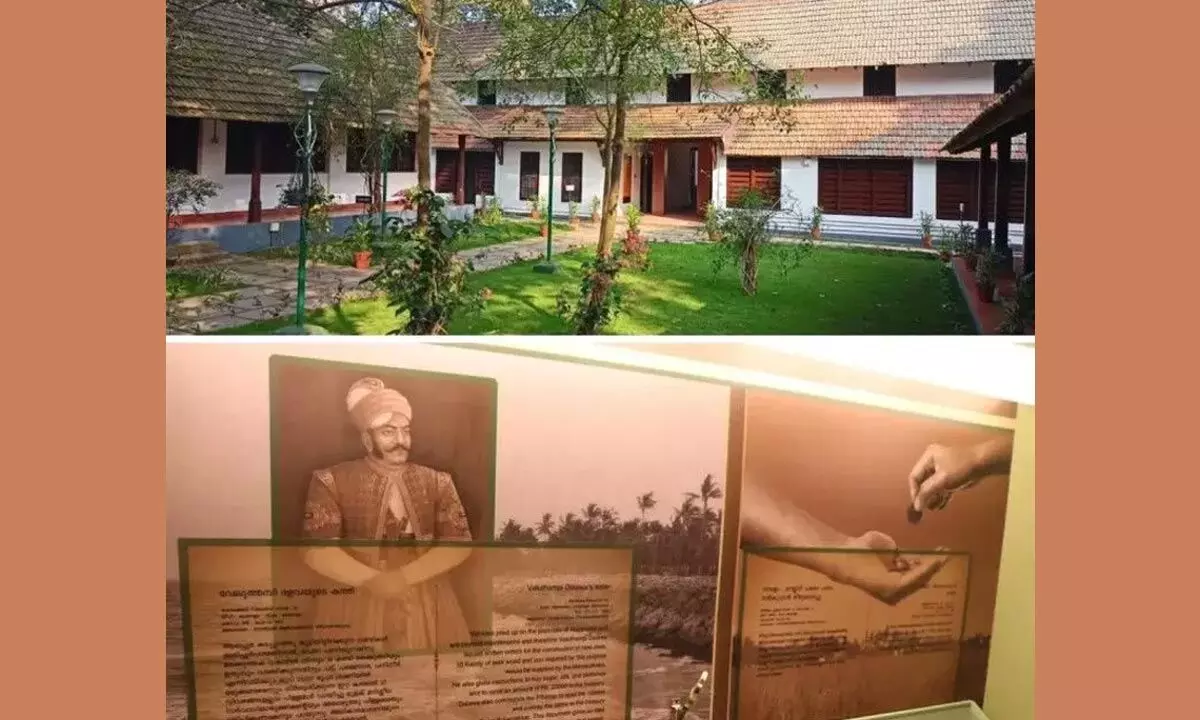Live
- I am being wrongly implicated, claims Sambhal MLA’s son Suhail Iqbal
- Gururgram: MCG imposes Rs 30.10 lakh fine against 705 people for violating GRAP norms
- PM Modi brought honour to Constitution: Karnataka BJP
- Did Cong sink MVA in Maharashtra? Data crunching throws up interesting details
- RCB's IPL 2025 Squad: Star Players, New Additions, and Exciting Leadership Change
- Sensex settles flat at 80,004, auto shares slide
- North Korea cuts power lines installed by South Korea
- Blood-like liquid on roads in Hyderabad’s Jeedimetla sparks panic
- Detrimental to interests of people: Priyanka Chaturvedi on delay in naming Maha CM
- Ecclestone, Sciver-Brunt gain big in ICC Women's T20I Player Rankings









